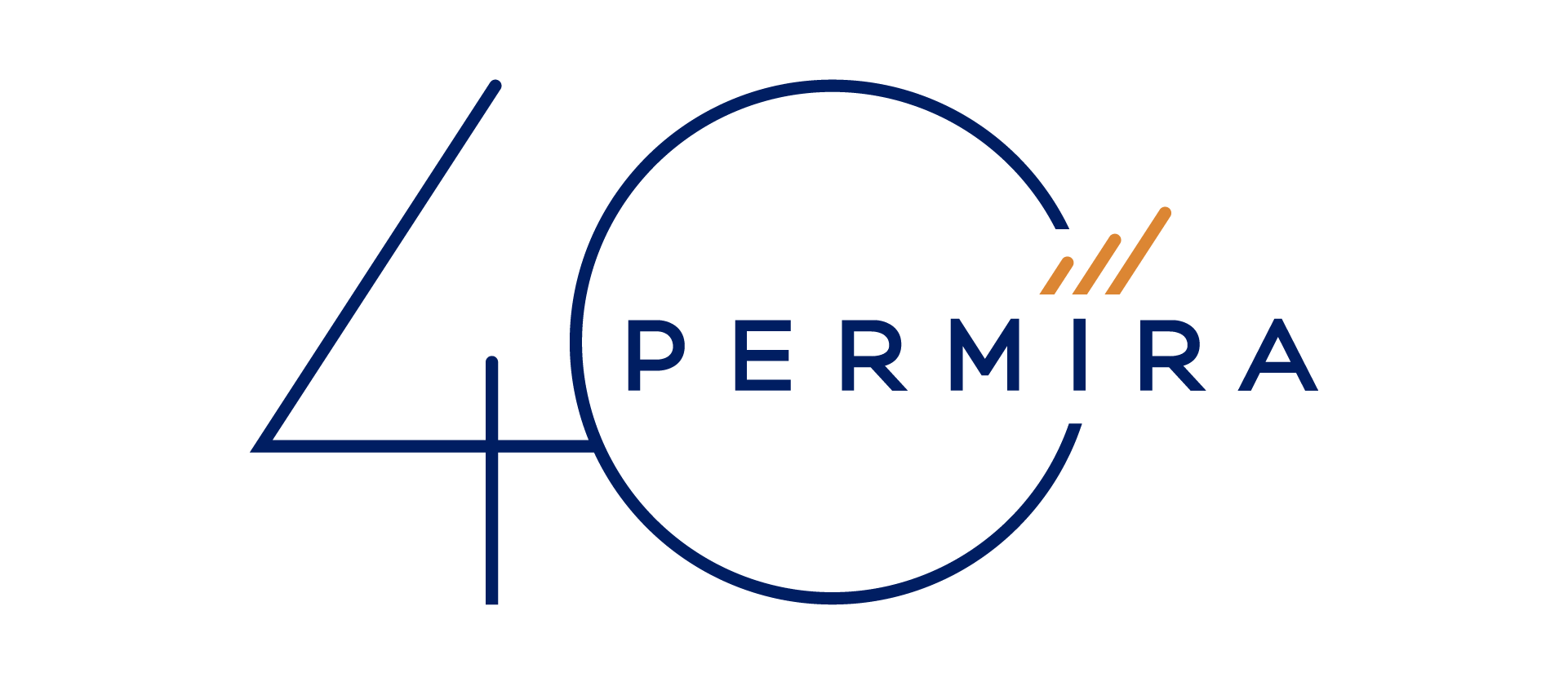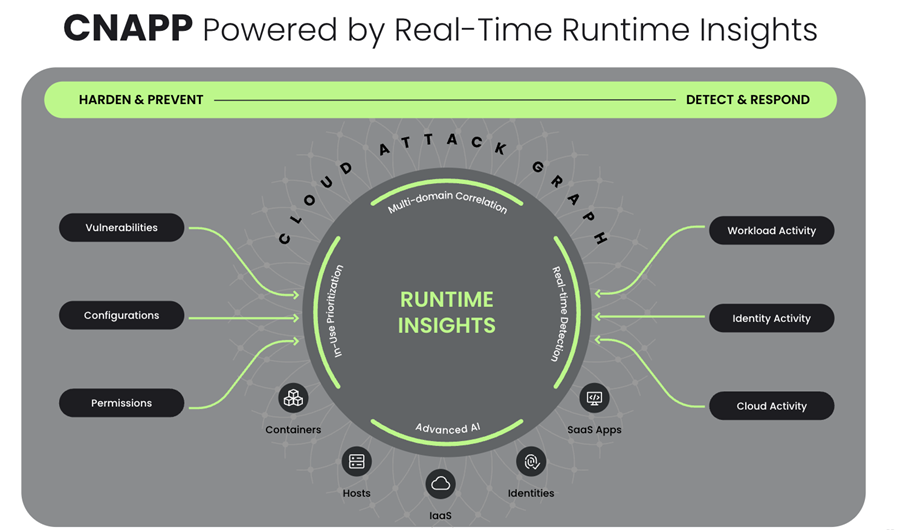In December 2021, Sysdig announced a $350 million Series G funding round led by Permira's growth equity strategy, valuing the company at $2.5 billion. This significant investment underscored the growing demand for cloud security solutions and Sysdig's position as a leader in this space, that continues to be even more relevant today.
The cloud has revolutionized the way businesses operate, offering unparalleled scalability, agility, and cost-effectiveness. However, with this shift comes the growing challenge of securing cloud environments. In this blog post, Principal Alex Melamud delves into the evolving landscape of cloud security with Loris Degioanni, Founder and CTO of Sysdig, a leader in unified container and cloud security.
Alex Melamud: Loris, thank you for carving out some time today to chat about what you are seeing across cloud security. Let’s start with your recent comments that cloud security is on track to become a $100 billion market. What makes you so confident in this prediction?
Loris Degioanni: The cloud has fundamentally changed the way we build and deploy applications. It's faster, more scalable, and more accessible than traditional on-premise solutions. As a result, organizations are increasingly moving their workloads to the cloud. However, even though 94% of companies across the globe are already cloud based, we’re still in the relatively early days of cloud adoption. This also means we are still in the early days of cloud security. At their peak, EDR and NextGen Firewalls were both $100 billion markets, and the cloud is on track to outpace both. Google considering the acquisition of a cloud security company for $23 billion and getting turned down only further reinforces this scale. The major players want to get into cloud security, and this shift has only highlighted the growing market demand for cloud-native security.
Alex Melamud: As cloud security transcends its early stages, what will be the next emerging trend?
Loris Degioanni: The first phase of cloud security has focused on hygiene and compliance, hardening cloud infrastructure by scanning for vulnerabilities like misconfigurations and locking the front door, so to speak. However, organizations developing applications in the cloud quickly realize that prevention alone is insufficient. Today, businesses are increasingly becoming concerned with real-time protection against unknown threats and malicious attacks. To continue to metaphor, attackers find windows, chimneys, convincing disguises, and other vulnerabilities through which to sneak regardless of how well security teams lock the front door. This is where Sysdig shines — it’s like a network of real-time security cameras for your cloud environment, always looking for intruders so it can alert you immediately.








